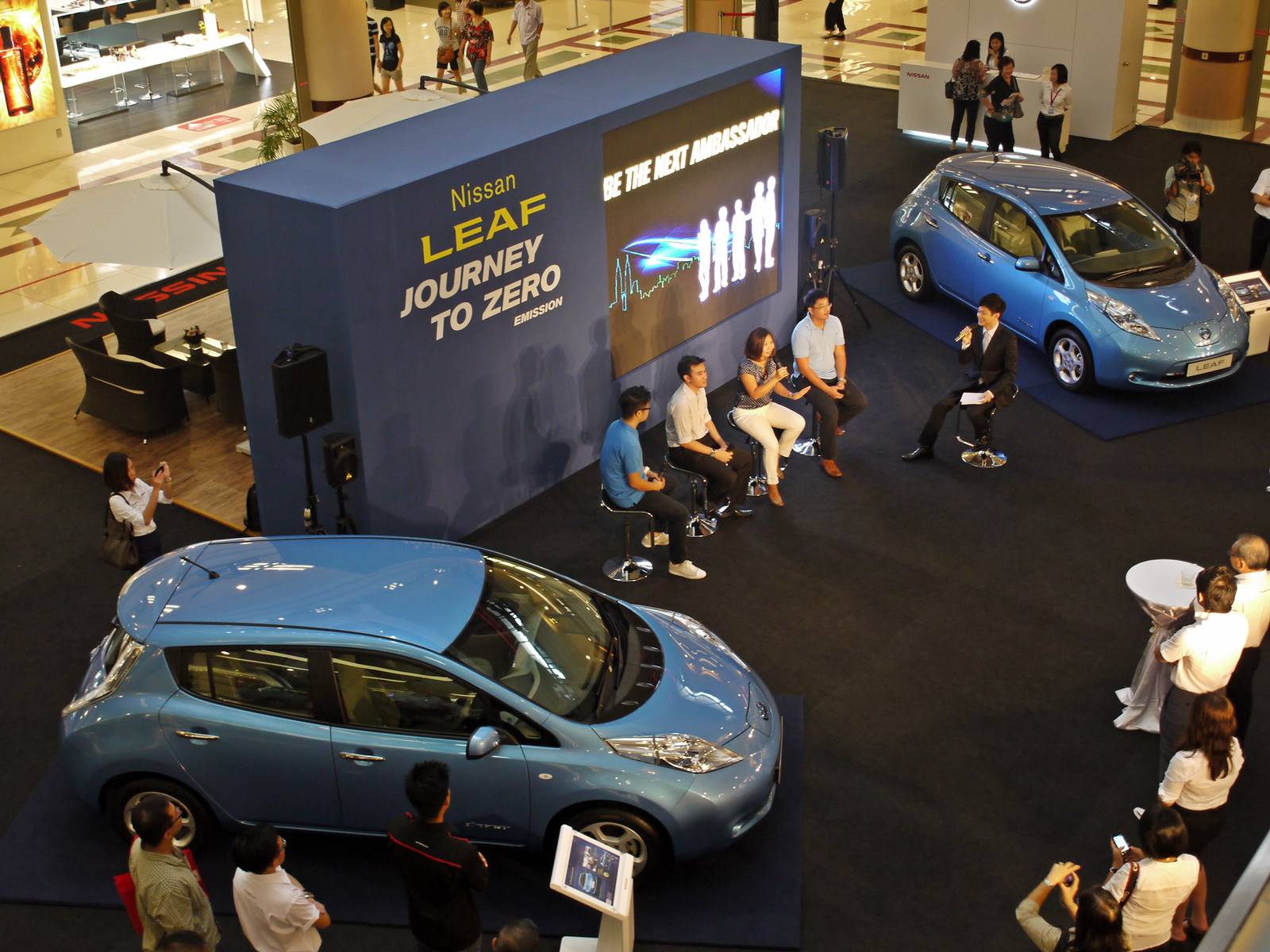Cars with hybrid powertrains – which typically have a combustion engine and an electric motor – may be common today but the concept of using two power sources goes back over 100 years. Records show that Ferdinand Porsche, the founder of the German sportscar company, built a car which had an engine and also used an electric generator to turn the wheels and move the car.

That was in 1900 although it is only at the end of the 20th century that interest in hybrid powertrains grew as they were seen to be one way to reduce emissions of carbon dioxide, the pollutant from exhaust fumes which is causing global warming. Various types of hybrid powertrains have been developed and in the past two decades, new technologies have improved their performance.
Nissan too has been developing hybrid powertrains and unlike other carmakers, its development focussed more on prioritising use of the electric motor to power the car. Generally, with most hybrid powertrains, the motor and engine work together to power the car.

Nissan’s system is closer to that of an electric vehicle like the LEAF which was the first volume-produced EV in the world when it came out over 10 years ago. Having gained much experience in developing the LEAF, Nissan engineers used that knowledge to come up with a lower-cost, simpler powertrain that would be more suitable in most regions of the world.
How e-POWER differs
It’s known as e-POWER and the difference with other hybrid powertrains is that only the electric motor powers the wheels – at all times. In fact, the engine is not connected to the wheels, so there is no way it can send power directly to them. This layout therefore makes the car almost like an EV in terms of how it is propelled.

The main components of an e-POWER system consists of a lithium-ion battery pack to store and supply electricity to the motor; a high-power electric motor, inverter, generator and a small combustion engine with excellent thermal efficiency. The integration of these elements and battery management technologies have leveraged on Nissan’s extensive development on EVs.

The e-POWER’s intelligent control system regulates engine operation independently based on factors such as road speed, road conditions, degree of acceleration and battery charge levels. As a result, the driving experience is quiet and refined with less frequent engine operation compared to conventional hybrids.
Full EV characteristics
Like all EVs, maximum torque is generated from standstill so there is strong acceleration. At low to medium speeds, such as in urban areas, the vehicle is mainly driven by the electric motor powered by the battery. This would probably be the situation most of the time for many motorists.

When driven at high speeds where rolling noise is elevated, the engine runs at optimal rpm to generate sufficient electricity to power the motor, and when stronger acceleration is required, the motor combines the electricity generated by the engine and the electricity from the lithium-ion battery to increase vehicle speed.
Like EVs, e-POWER also offers the convenience of single-pedal driving where brake pedal operation can be reduced by nearly 70% through regenerative braking which can slow the vehicle while replenishing the battery.
No need to recharge – ever
One of the major advantages of e-POWER is that the battery is constantly ‘topped up’ as the car is being driven. Intelligent systems monitor the level of energy available and most of the time, regenerative braking should help keep it almost full. The engine can also provide energy through the generator if needed.

Therefore, the need to find a charging station is eliminated completely and that is something which is of great importance in countries where the number of such facilities is limited, like Malaysia. Motorists with e-POWER vehicles can travel back to their kampungs without ‘range anxiety’ that they must find a charging station. According to Nissan, an e-POWER system with a 1.2-litre engine can provide a range of up to 900 kms.
A faster way to go electric
While EVs, with the zero emissions, will help in preventing climate change, their cost and the issues of recharging are limiting adoption on a large scale. Yet action needs to be taken and with e-POWER giving almost EV-like characteristics, there will at least be reduction of emissions starting right away. In time, when EV prices come down and the charging station infrastructure is widespread, then we can talk about switching to EVs only.

Coming to Malaysia this year
Edaran Tan Chong Motor’s Nissan stand is displaying e-POWER technology at the Malaysia Autoshow 2024 up till Sunday, May 26. We understand that the company is seriously considering introducing models with e-POWER and this could happen before the end of this year. Globally, the technology has been proven for many years already and is in fact in its second generation so it should be fairly reliable.
Click here to know more about Nissan vehicles in Malaysia

